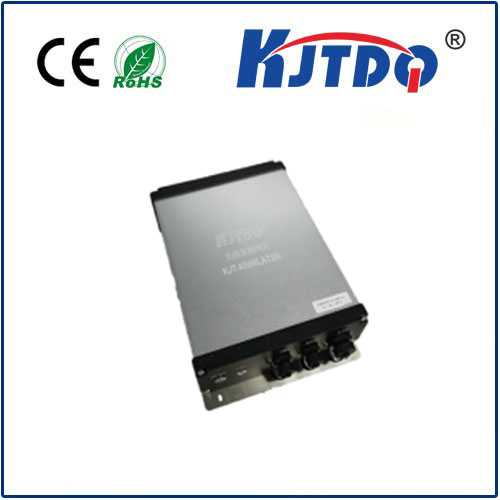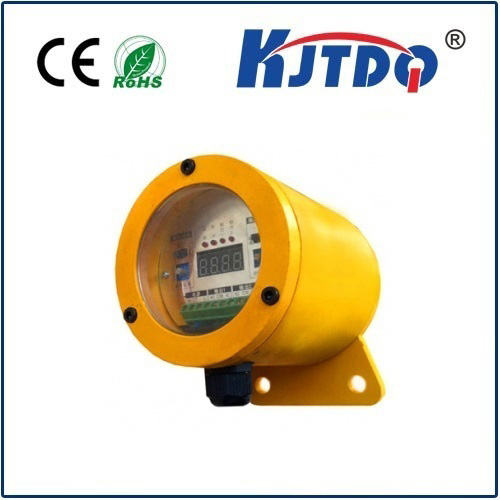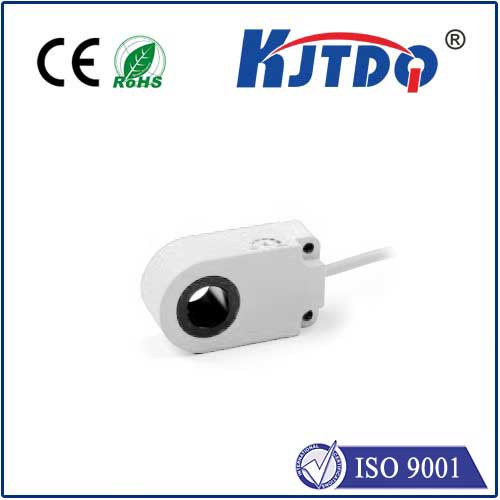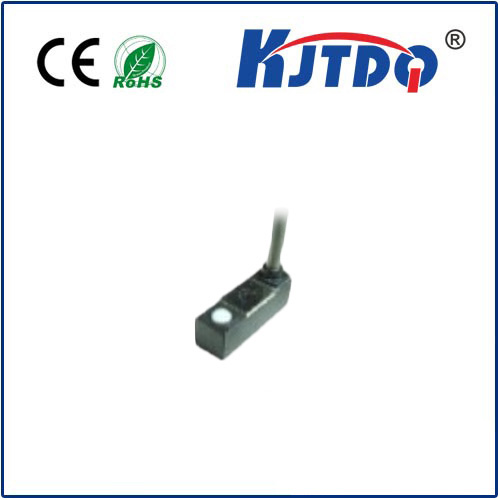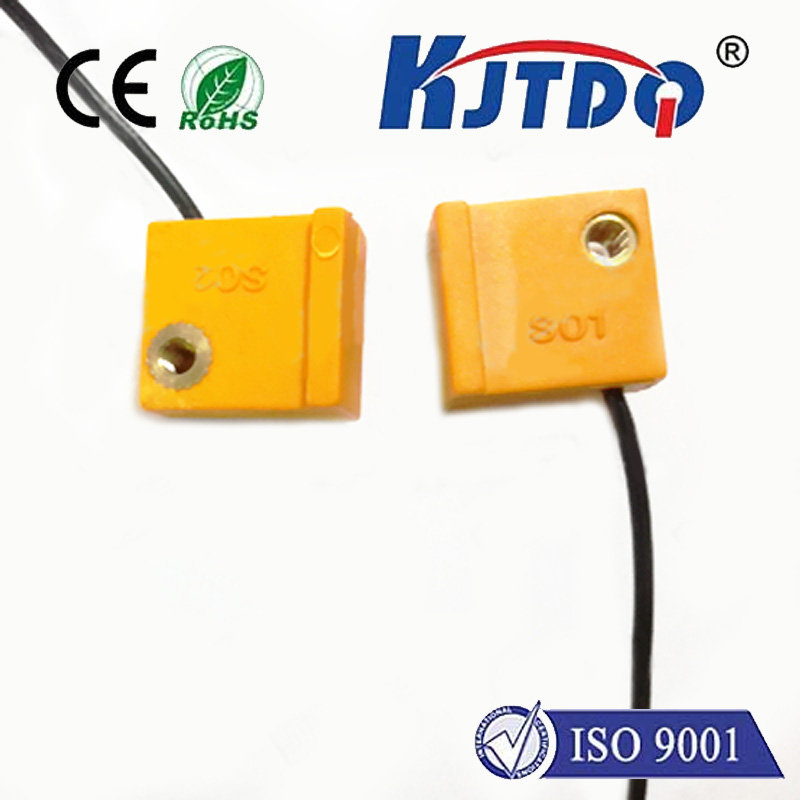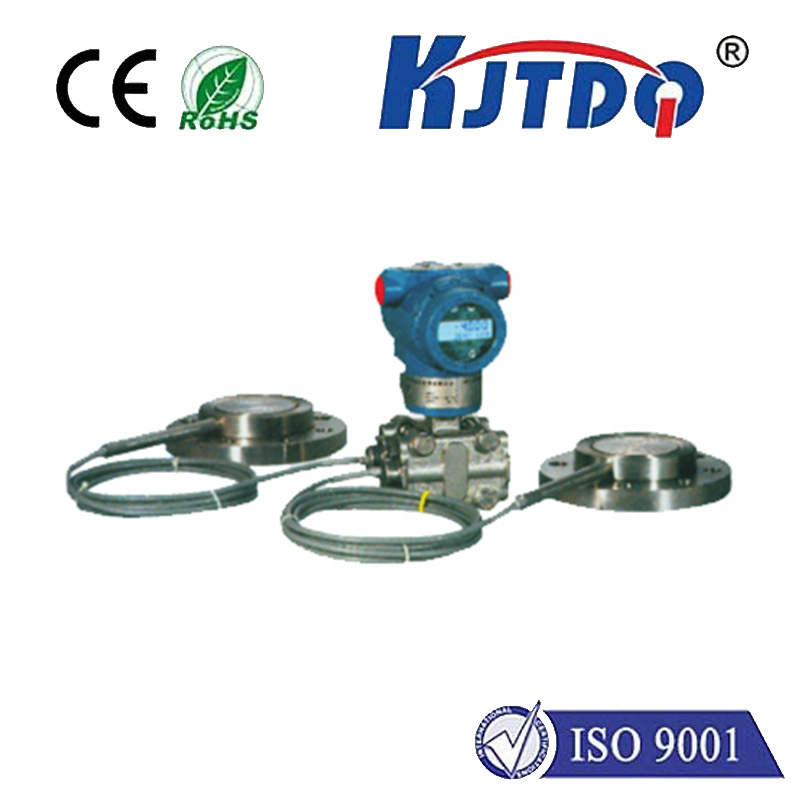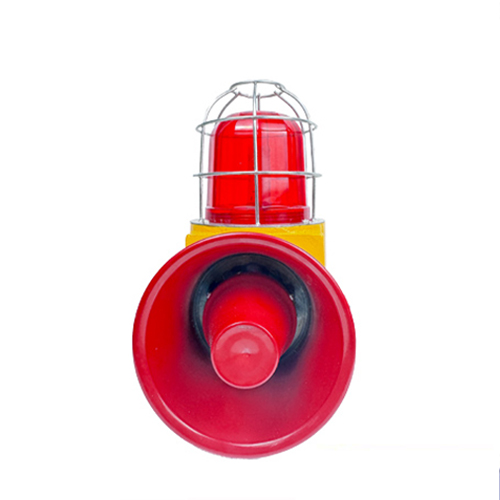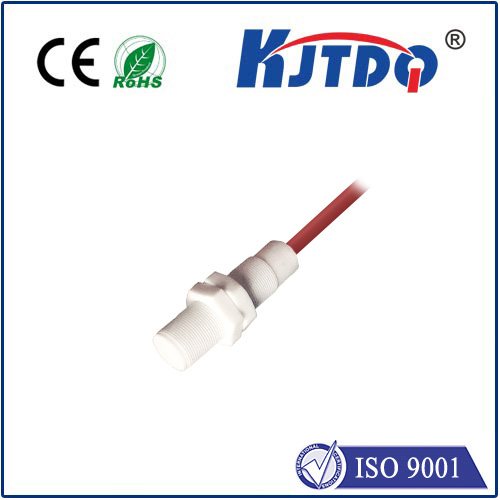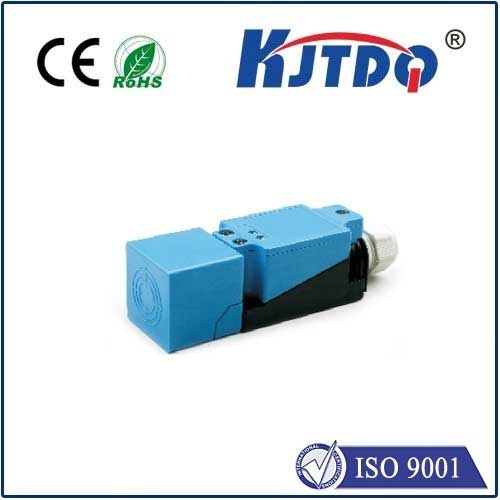ratiometric sensor
- time:2025-07-09 02:56:12
- Click:0
Ratiometric Sensors: The Precision-Boosting Difference That Eliminates Measurement Noise
Imagine you’re trying to weigh a delicate feather. Now, imagine doing it on a scale that drifts wildly with every subtle change in room temperature or humidity. Frustrating, right? This challenge of achieving truly reliable measurements in the face of fluctuating environmental conditions is a constant battle in sensing technology. Enter the ratiometric sensor, a powerful design approach often described as the unsung hero of precision measurement, offering a fundamentally smarter way to conquer noise and drift.
Unlike absolute sensors that output a single signal representing the measured quantity (like a voltage directly proportional to pressure), ratiometric sensors work on a comparative principle. They generate two output signals: one directly responsive to the target stimulus (e.g., pressure, light, magnetic field) and a second reference signal that experiences the same environmental disturbances (like temperature shifts or supply voltage variations) but is unaffected by the target stimulus itself.
The magic happens after the sensor, in the signal processing stage. Instead of relying on the absolute value of the primary signal, the system calculates the ratio between the primary signal and the reference signal. This ratio effectively cancels out any common-mode errors affecting both signals simultaneously.
Here’s why this approach is transformative:
- Immunity to Supply Voltage Fluctuations: This is perhaps the most significant advantage. If the voltage powering the sensor fluctuates, both the primary and reference outputs will scale proportionally. Their ratio remains constant, meaning the calculated measurement value stays accurate. This is crucial in battery-powered devices or systems with unstable power rails.
- Reduced Sensitivity to Environmental Drift: Environmental factors like temperature are notorious for causing sensor drift. Many sensing elements and associated electronics exhibit temperature-dependent behavior. Because both the primary and reference paths typically reside on the same chip or within the same package, they experience nearly identical temperature changes. Changes affecting both paths are largely nullified in the ratio, significantly enhancing long-term stability and accuracy.
- Simplified Signal Conditioning: Ratiometric outputs often simplify the design of the downstream analog-to-digital converter (ADC) circuitry. Many modern ADCs feature ratiometric conversion modes that directly accept the sensor’s outputs. By using the sensor’s reference signal as the ADC’s reference voltage, the conversion result inherently represents the ratio, streamlining design and reducing component count.
- Enhanced Accuracy and Resolution: By eliminating common sources of error at the source, ratiometric sensing allows systems to achieve higher effective accuracy and exploit the full resolution potential of the signal chain. The core measurement is less obscured by external noise.
How Ratiometric Sensing Works in Practice: A Basic Example

Consider a simple ratiometric pressure sensor:
- It contains a sensing element (e.g., a piezoresistive bridge) whose resistance changes with applied pressure.
- It also contains a fixed reference resistor network.
- The sensor is typically powered by a constant voltage supply.
- Output 1 (Primary): A voltage proportional to both the applied pressure and the supply voltage.
- Output 2 (Reference): A fixed voltage proportional only to the supply voltage (independent of pressure).
- Measurement: The actual pressure is derived from Output 1 (V_out) / Output 2 (V_ref). Any fluctuation in the supply voltage (V_supply) affects both V_out and V_ref equally, so the ratio V_out/V_ref remains constant and accurately reflects only the pressure. The ratio intrinsically compensates for supply drift.
Where Ratiometric Sensors Shine: Key Applications
The inherent robustness of the ratiometric approach makes it invaluable across numerous demanding fields:
- Automotive Systems: Engine control units (ECUs) rely on precise pressure (manifold, oil, fuel, tire) and position sensing. Engine heat and demanding electrical environments make ratiometric sensors essential for reliable diagnostics and control. Monitoring EV battery health also demands high precision under thermal stress.
- Industrial Process Control & Automation: Accurate measurement of pressure, force, flow, and level in harsh factory conditions (temperature extremes, electrical noise) is critical. Ratiometric sensors provide the necessary stability and noise immunity.
- Medical Devices: Patient monitoring equipment (blood pressure, respiratory devices) and diagnostic tools need reliable, drift-free measurements for patient safety. Ratiometric designs minimize errors over time and temperature variations.
- Consumer Electronics & IoT: In devices like wearables (heart rate monitors relying on optical sensing), smartphones (barometric pressure for altitude), and smart home sensors (environmental monitoring), ratiometric approaches help maintain accuracy despite battery drain and changing operating temperatures.
- Position and Proximity Sensing: Inductive, capacitive, and Hall effect sensors often use ratiometric outputs to accurately determine position or the presence of an object, immune to variations in excitation voltage or temperature.
Distinguishing Ratiometric from Analog and Digital Output Sensors
It’s crucial to understand that “ratiometric” describes a signal relationship principle, not simply the output format:
- Analog Output Sensors: These provide a continuous voltage or current proportional to the measured quantity. They can be either absolute (relying on a stable external reference) or ratiometric (output proportional to both stimulus and supply voltage, requiring the ratio calculation).
- Digital Output Sensors: These convert the analog signal internally and output discrete values (e.g., I2C, SPI). While convenient, they can be implemented using either ratiometric or absolute sensing cores internally. The digital interface doesn’t inherently guarantee ratiometric performance. Look for specifications mentioning “ratiometric core” or describing immunity to supply voltage changes.
- Ratiometric Sensors: These inherently output two signals (or a signal designed to be ratioed against a separate reference, often its own supply voltage), establishing a proportional relationship designed for noise cancellation. Their output is often analog (though internally generated digital values can be calculated ratiometrically too).
Implementing Ratiometric Design: Key Considerations
While powerful, utilizing ratiometric sensors effectively requires attention:
- ADC Compatibility: Ensure the ADC (especially if integrated into a microcontroller) supports a ratiometric input mode, where it uses the sensor’s reference output as its own voltage reference (V_REF). If not, you must externally scale the signals appropriately.
- Reference Signal Quality: The reference signal must be stable and accurately track the disturbances affecting the primary signal. Any mismatch reduces the effectiveness of the common-mode rejection.
- Sensor Selection: Verify the sensor’s datasheet explicitly states ratiometric operation and details its performance over temperature and supply voltage ranges (e.g., specifying accuracy as a percentage of reading rather than full scale over the supply range).
The Bottom Line for Precision
In the quest for accurate, reliable, and drift-resistant measurements, the ratiometric sensor architecture provides a fundamentally superior solution compared to simple absolute sensing. By leveraging a dual-output approach and calculating a ratio, these sensors intrinsically reject common-mode errors, particularly fluctuations in supply voltage and temperature-induced drift. This translates directly to enhanced system stability, simplified circuit design, and ultimately, higher measurement confidence across automotive, industrial, medical, and consumer applications. When precision in a dynamic environment is non-negotiable, the ratiometric difference becomes the essential choice.












